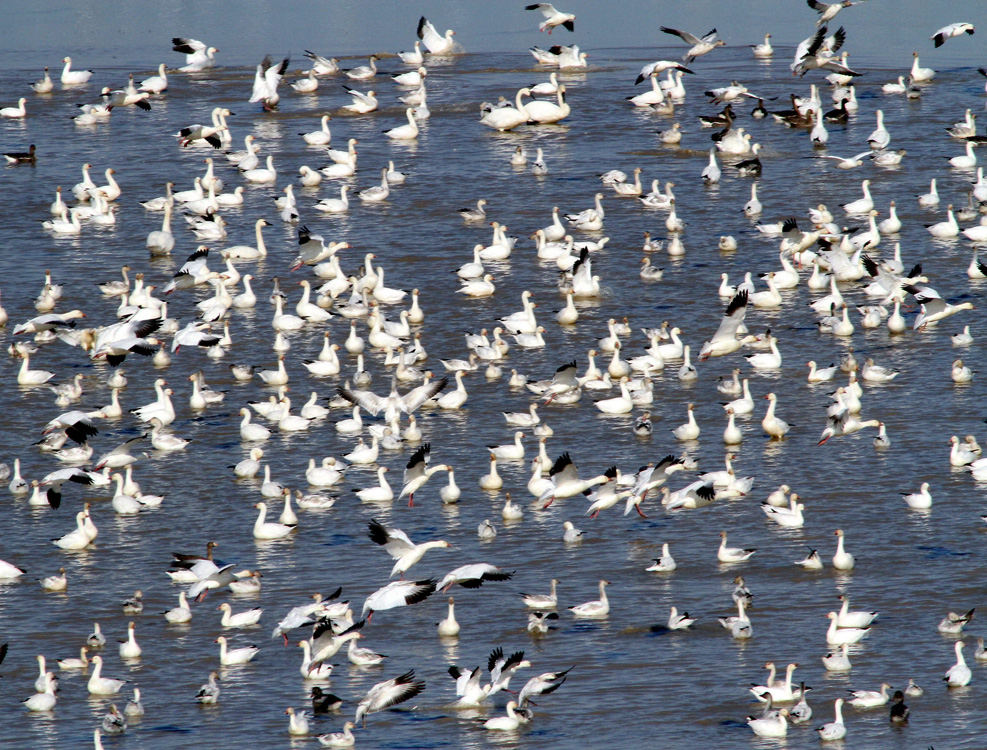The Ocean Service (noaa.gov) defines a wetland as “an area of land that is saturated with water”.
There are many different kinds of wetlands and many ways to categorize them. wetlands can be classified into six general types: marine (ocean), estuarine (estuary), riverine (river), lacustrine (lake), palustrine (marsh), and agricultural (created). Common names for wetlands include marshes, estuaries, mangroves, mudflats, mires, ponds, fens, swamps, deltas, coral reefs, billabongs, lagoons, shallow seas, bogs, lakes, and floodplains, to name just a few.
Often found alongside waterways and in floodplains, wetlands vary widely due to differences in soil, topography, climate, water chemistry, and vegetation. Large wetland areas may also be comprised of several smaller wetland types.
At Larrabee Farms we are knee deep in our wetlands every day. We create them all the time, and the local and migratory wildlife thrives on them.
Wetland habitats serve essential functions in an ecosystem, including acting as water filters, providing flood and erosion control, and furnishing food and homes for fish and wildlife. They do more than sustain plants and animals in the watershed, however. Many wetlands are not wet year-round because water levels change with the seasons, and agricultural wetlands can be filled and drained. During periods of excessive rain, wetlands absorb and slow floodwaters, which helps to alleviate property damage and may even save lives.
